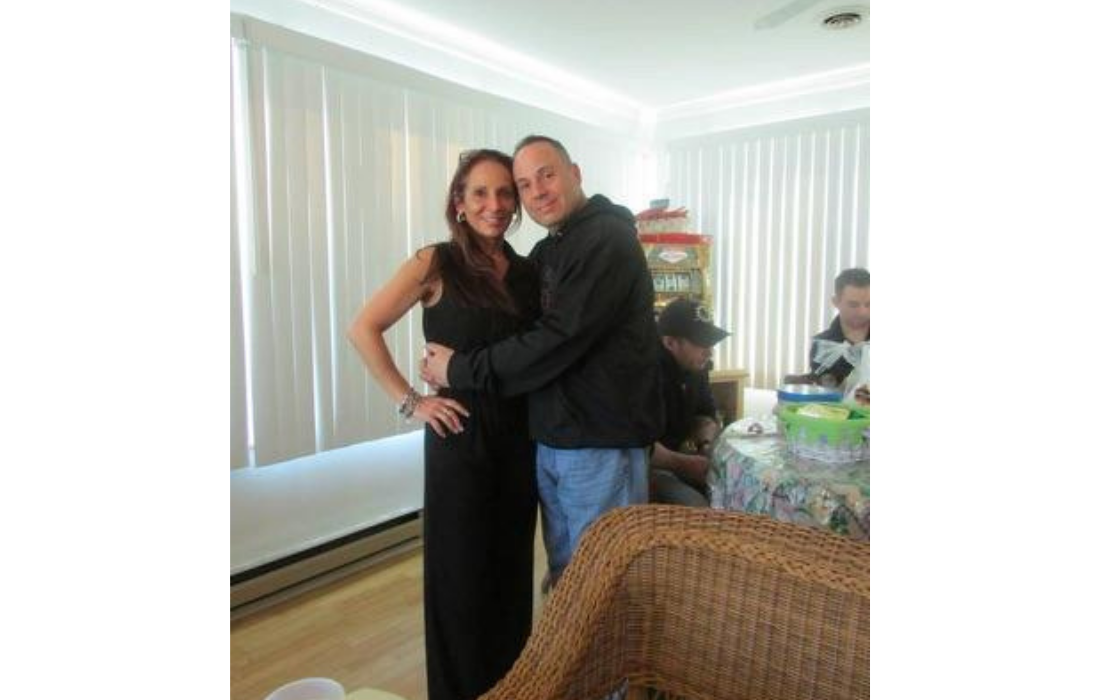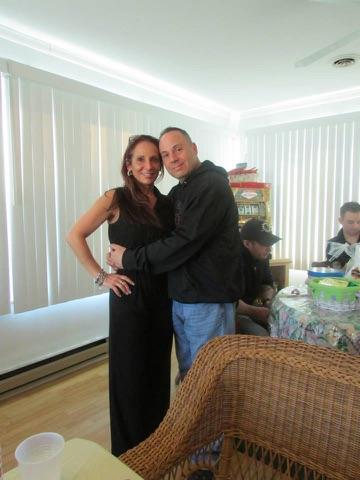Woman Returns to Full Function Following Tennis Elbow Treatment

Dr. Christopher Doumas Performs New Innovative Procedure
 Dawn Capadona has always taken full advantage of her gym time with a heavy schedule of total body workouts. When she began to feel elbow pain last year, it put a dent in her life. She tried resting her arm, heat and cold therapy, and anti-inflammatory medication. Nothing seemed to help.
Dawn Capadona has always taken full advantage of her gym time with a heavy schedule of total body workouts. When she began to feel elbow pain last year, it put a dent in her life. She tried resting her arm, heat and cold therapy, and anti-inflammatory medication. Nothing seemed to help.
After six months with no relief, she made an appointment with Dr. Christopher Doumas of University Orthopaedic Associates (UOA), a leading orthopaedic practice in New Jersey. “I’m no stranger to orthopaedic surgery,” said Capadona, a 46-year-old medical office manager from Matawan, New Jersey. She knew the quality of care at UOA, having undergone a different surgery there two years prior.
Dr. Doumas, a board certified orthopaedist with a specialty in hand and upper extremity, diagnosed her with lateral epicondylosis, more well known as tennis elbow. According to Dr. Doumas, “The majority of tennis elbow will heal on its own, but it can take up to six to eight months of frustrating and prolonged treatment.” He knows this from his own personal experience with a very painful tennis elbow.
As circumstance would have it, Capadona’s husband had undergone open elbow surgery elsewhere and has still not entirely recovered. “I was hesitant,” she said about having surgery. However, Dr. Doumas explained she was a candidate for an innovative treatment medically known as Percutaneous Tenotomy and Percutaneous Fasciotomy – a procedure enabled by the Tenex Health TX™ System. Tenex Health TX is groundbreaking technology developed in collaboration with the Mayo Clinic. “As a new procedure, this is a game changer for tendonitis treatment in various parts of the body, especially the elbow. Moving forward, this has the potential to become the standard care of the future,” said Dr. Doumas.
Unlike other medical or physical therapies, the goal of the Tenex procedure is to identify and then remove the source of pain using focused ultrasonic energy to break down the diseased tissue in the tendon and remove it. The technology is able to use a needle to do the work of a scalpel and is similar to the technology used to treat cataracts in eye surgery. In addition, while most other medical or physical therapies only mask the symptoms, this treatment removes the source of pain.
Because the 3-4 millimeter incision in this procedure is so small and the ultrasonic energy precisely treats only the damaged tendon tissue, the surrounding healthy tissue is left unharmed and there are no stitches. Dr. Doumas is one of a select few orthopaedic surgeons who uses the Tenex procedure for tendonitis issues in various parts of the body.
In October 2014, Dawn Capadona underwent the procedure, which took less than 15 minutes. “My expectations were a lot worse than what happened. I didn’t think it would be so easy. I felt absolutely no pain. I was at the gym five days later, doing a Zumba class.”
Capadona gave her elbow the healing time suggested by Dr. Doumas, at first wearing a protective brace upon returning to upper body work in the gym. She had no pain following surgery, and quickly returned to her routine. Within six weeks, she was back to working out full force with no problems.
She praised the entire UOA process. “Dr. Doumas explained everything clearly to both me and my husband before, during and after the surgery. Everyone at UOA is very nice. I can be a big baby about getting an IV, since I once passed out getting it. But they were really good about working with me.” Lucky for Capadona, the Tenex procedure requires only local anesthesia, and similar to most patients who undergo this procedure, hers was a one-time treatment with no additional treatments or physical therapy required.
Capadona reports, “My husband is very jealous. He cried from the pain after his surgery for the same problem and still can’t straighten his arm all the way. He had to have a partial cast on his elbow. I had a Band-Aid.”

